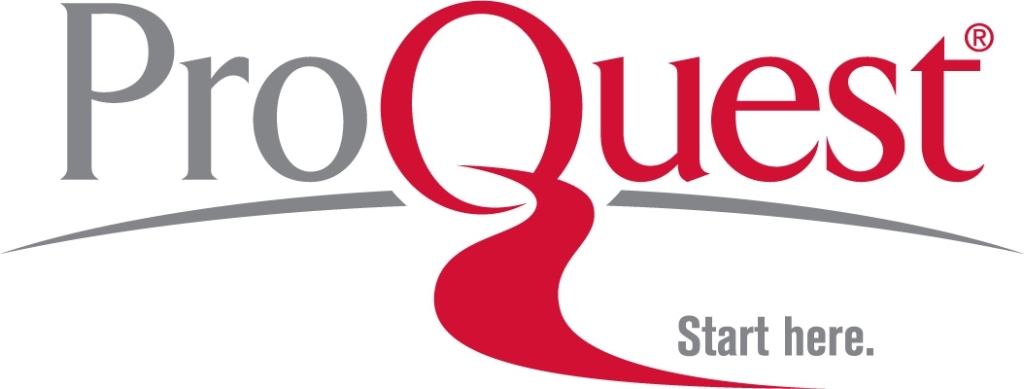AN APPLICATION OF KALDOR’S GROWTH LAWS IN SOUTH EAST ASIA: A TIME SERIES CROSS SECTION ANALYSIS
DOI:
https://doi.org/10.51200/lbibf.v2i2.2599Abstract
This study revisits Kaldor’s growth laws and provides some empirical views of the sources of South East Asian growth for the last 30 years. In particular, the results suggest that manufacturing output growth is prominent in influencing the total output growth as compared to other sectors in the process of growth and development in Indonesia, Malaysia, Philippines, Singapore and Thailand. Besides, it is found that the growth of the manufacturing sector will lead to the transference of labour from other sectors in the economy which raises productivity in these sectors. However, the agricultural and service sectors do not offer the same scope for the division of labour and specialisation within the sectors themselves. Various factors have been postulated as factors manufacturing output growth. It is suggested in this study that the governments of South East Asian should encourage the transfer of resources from agriculture to industry in order to move into higher stage of growth and development.


















